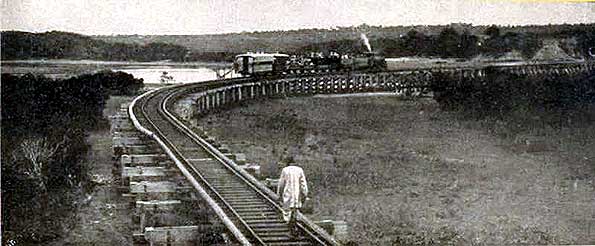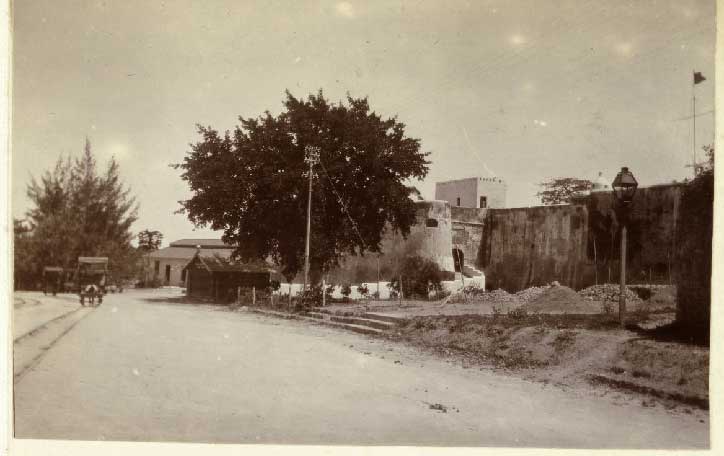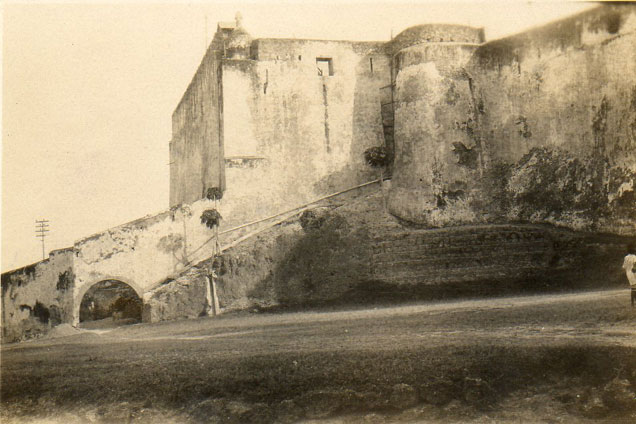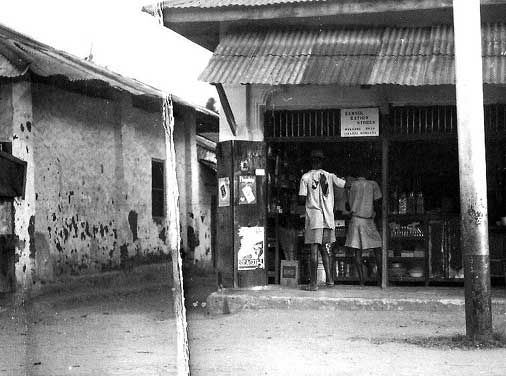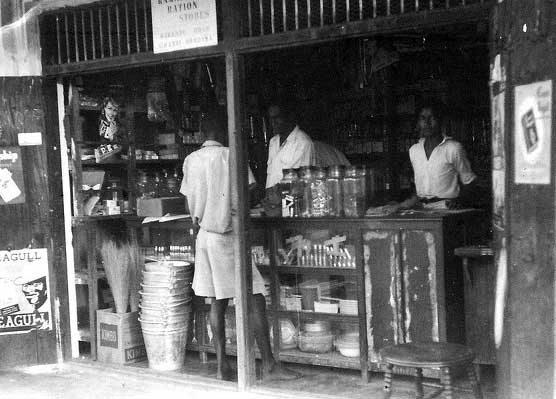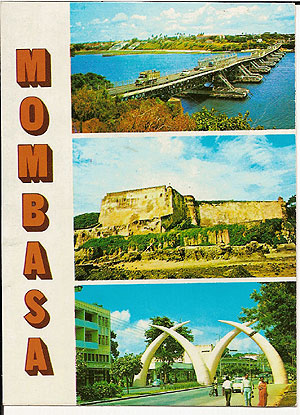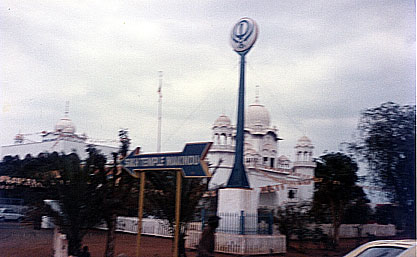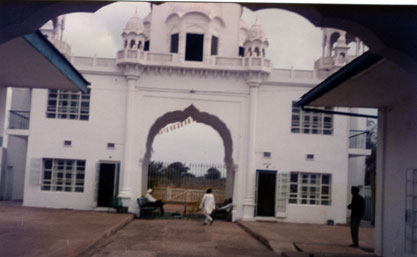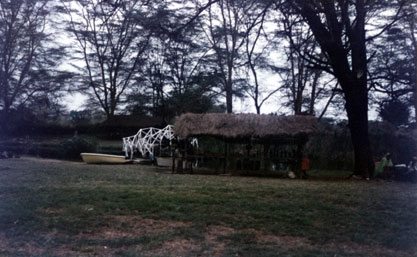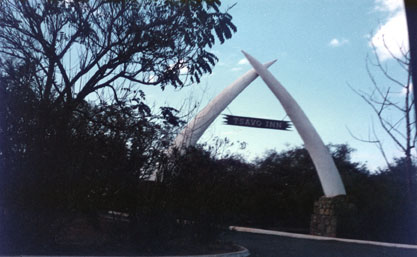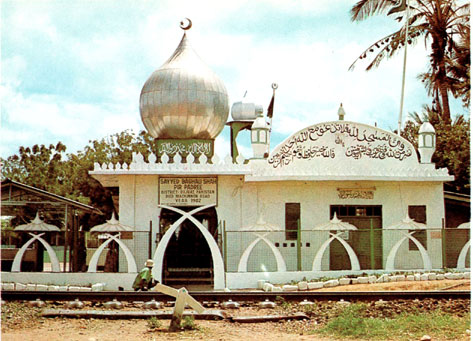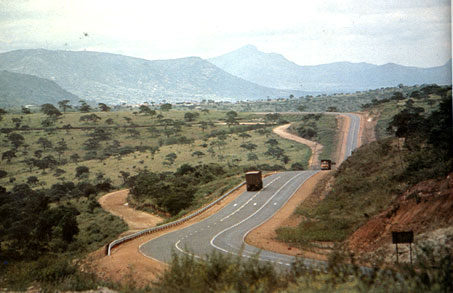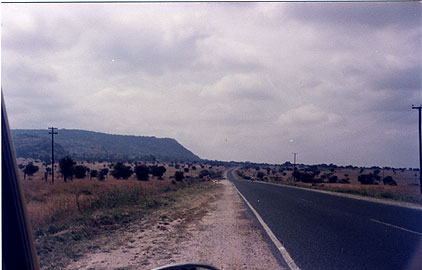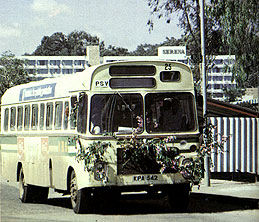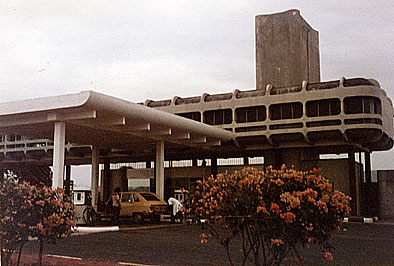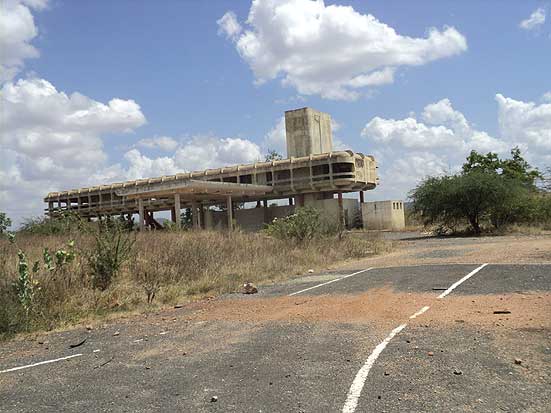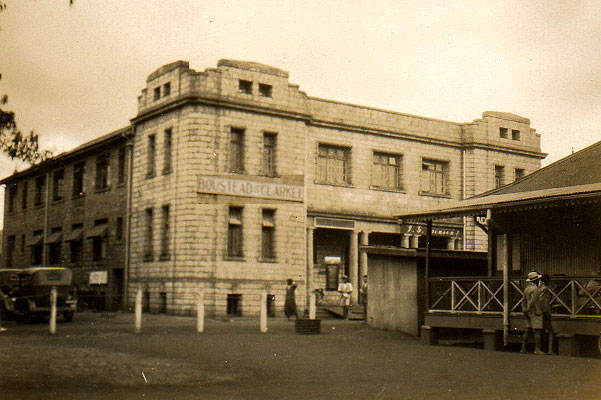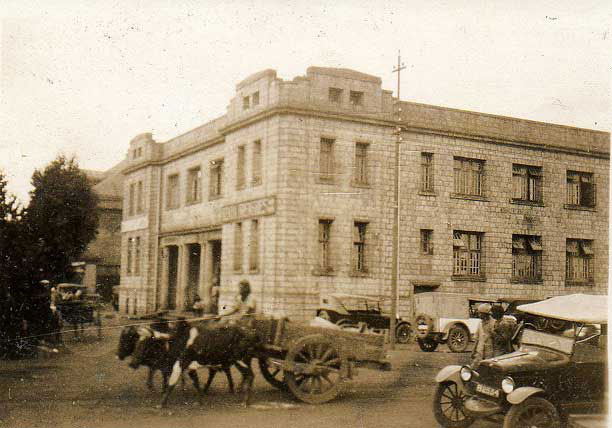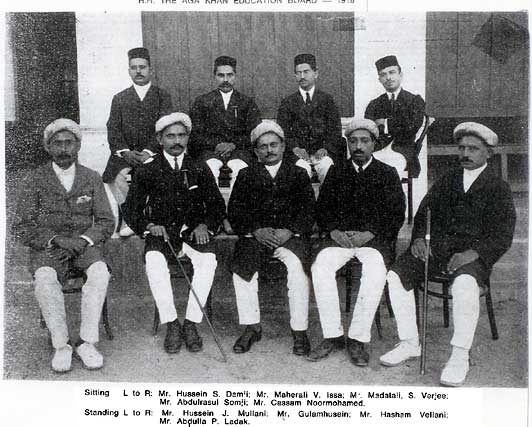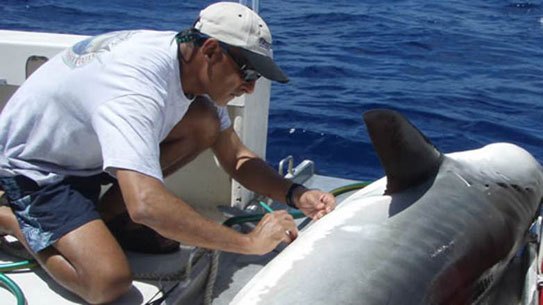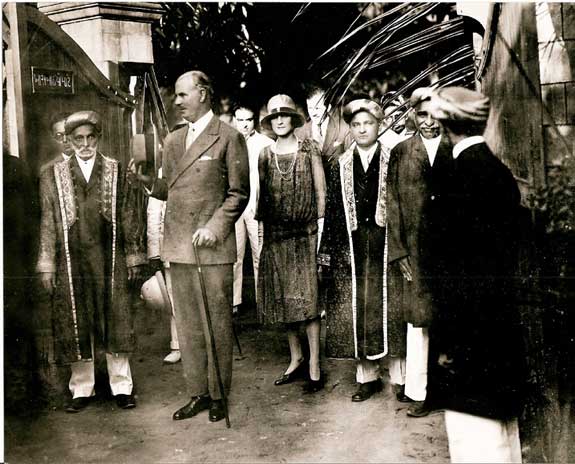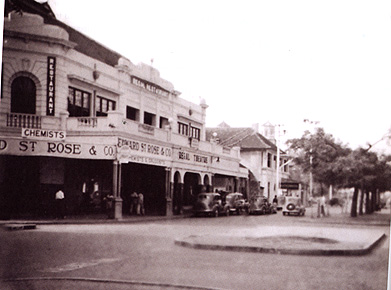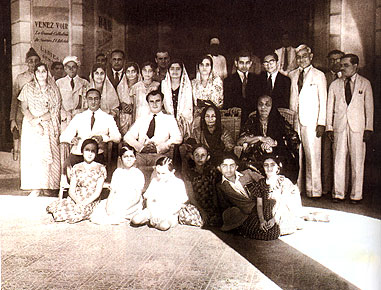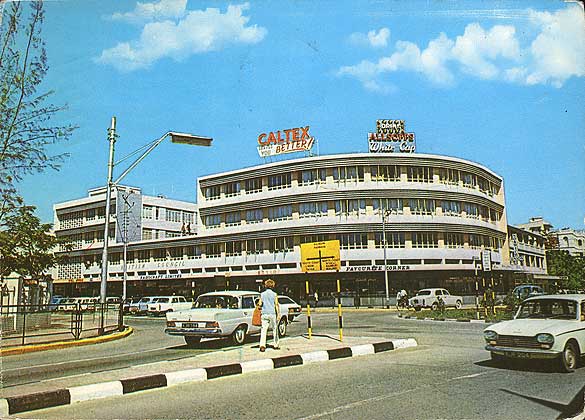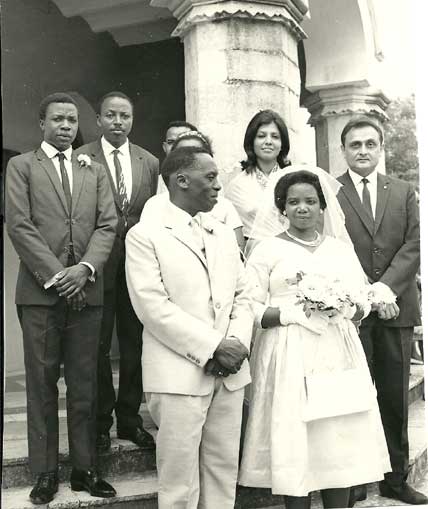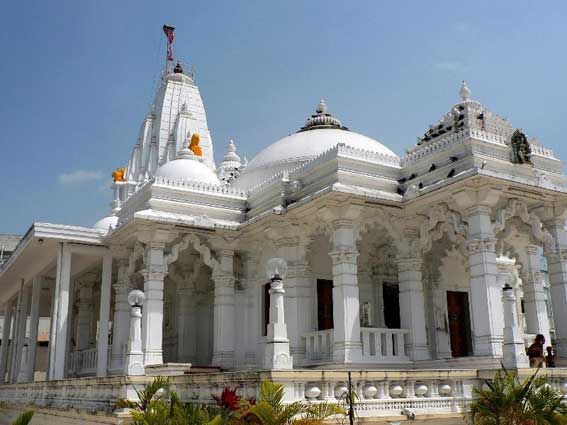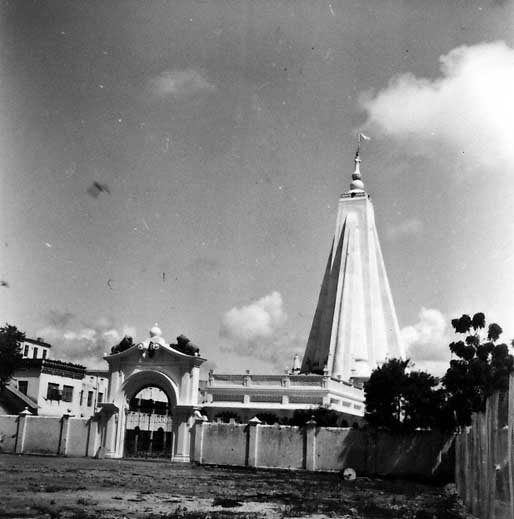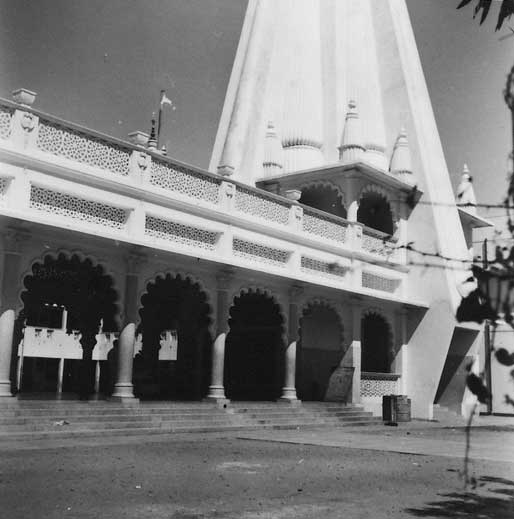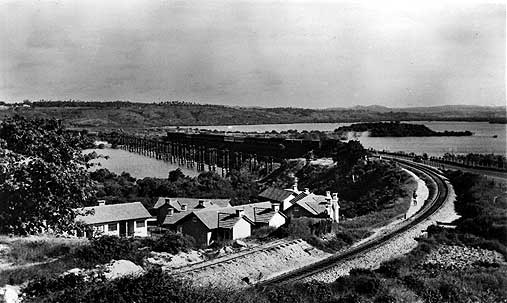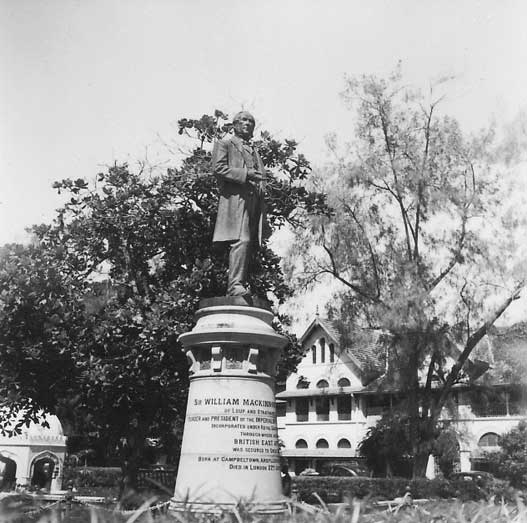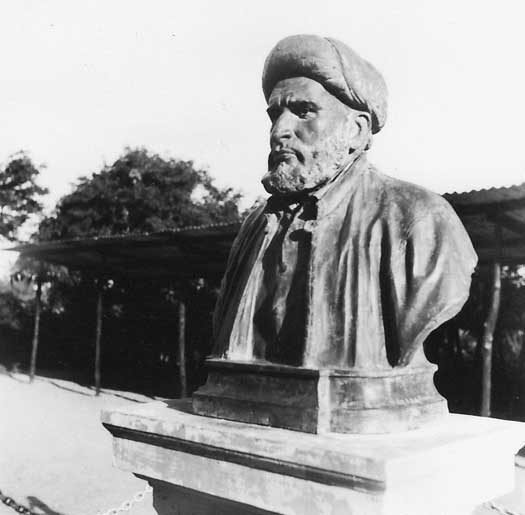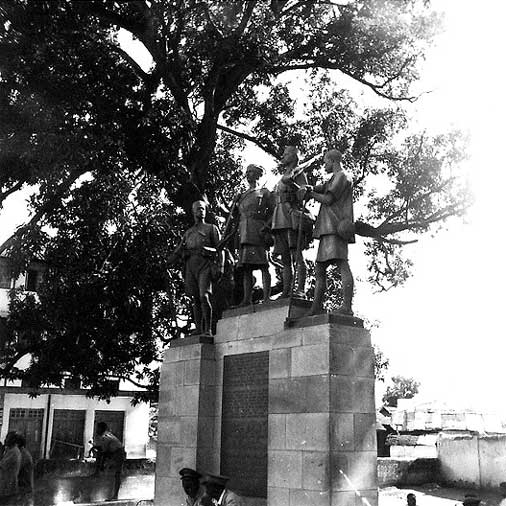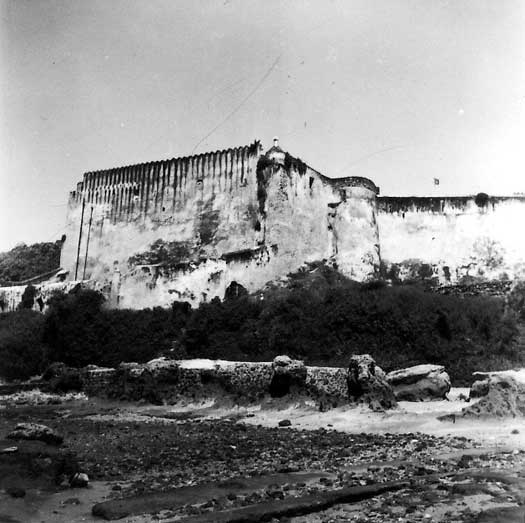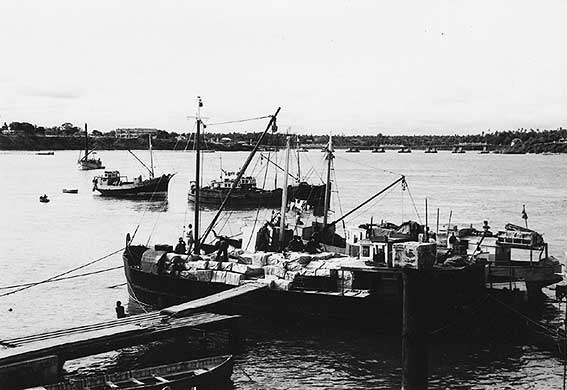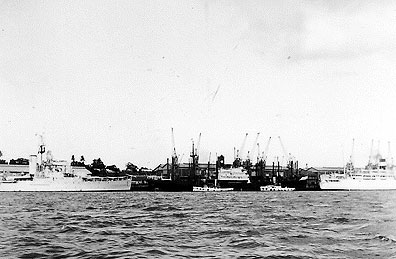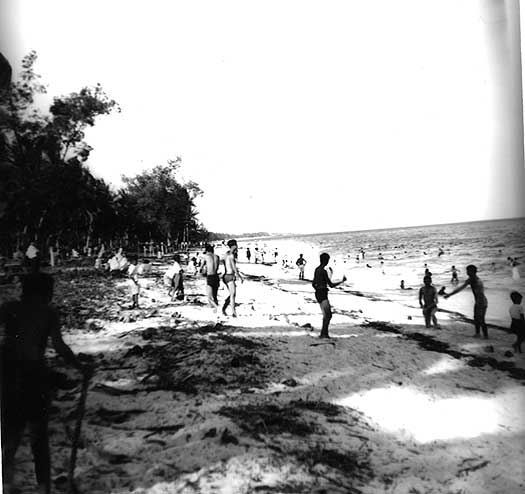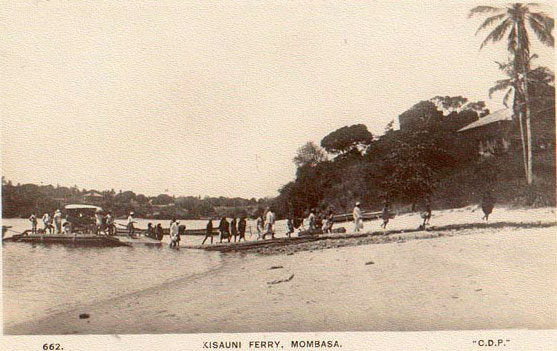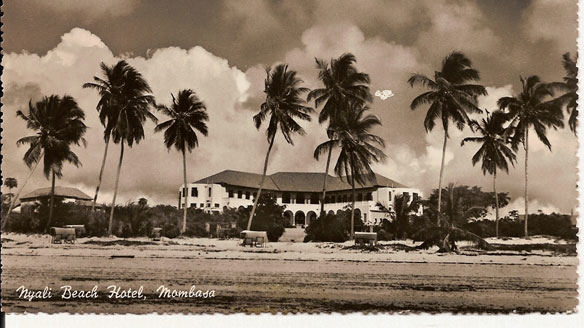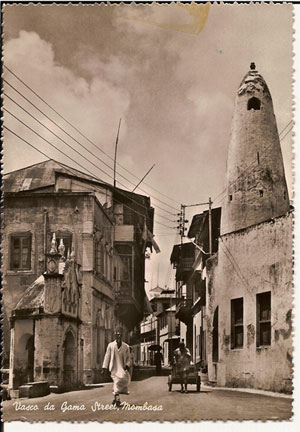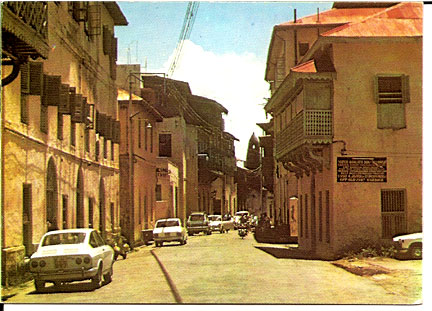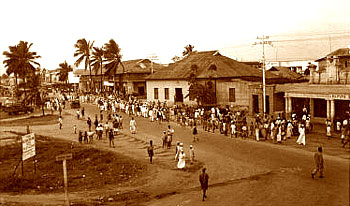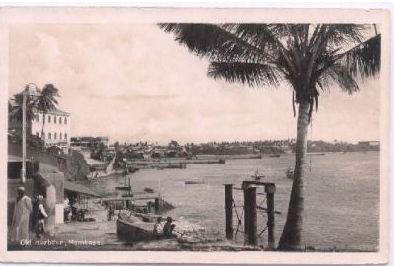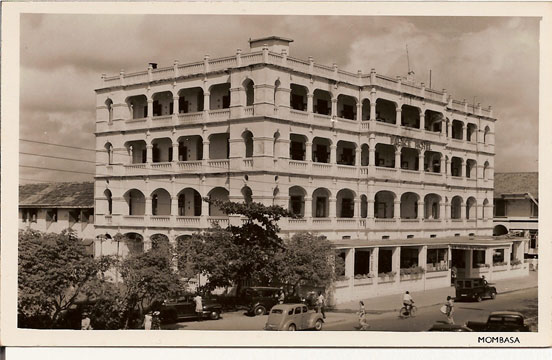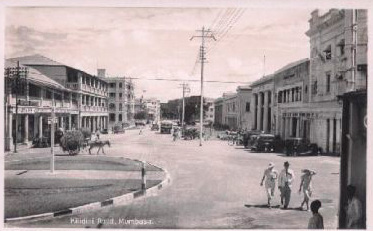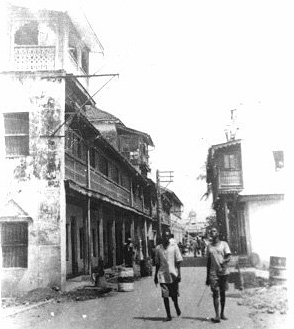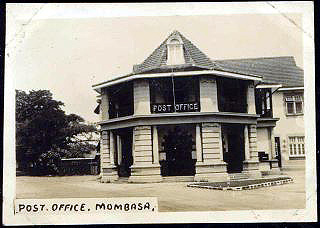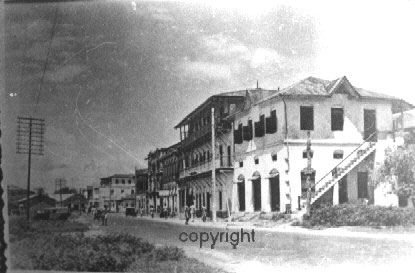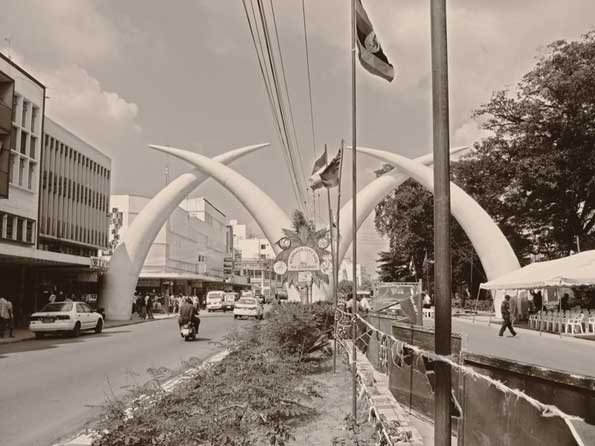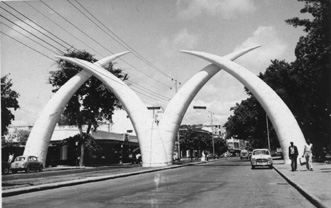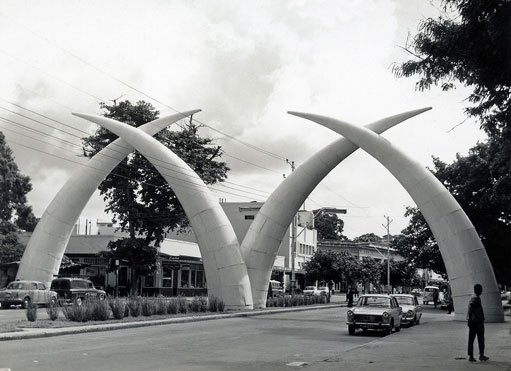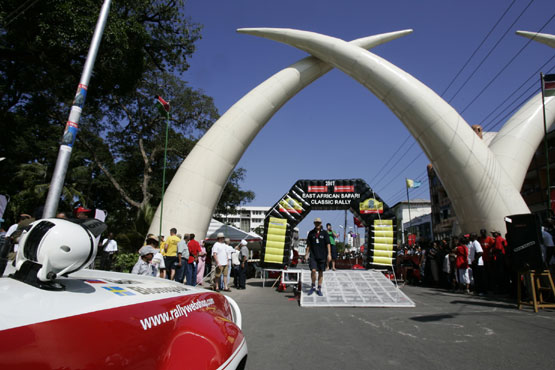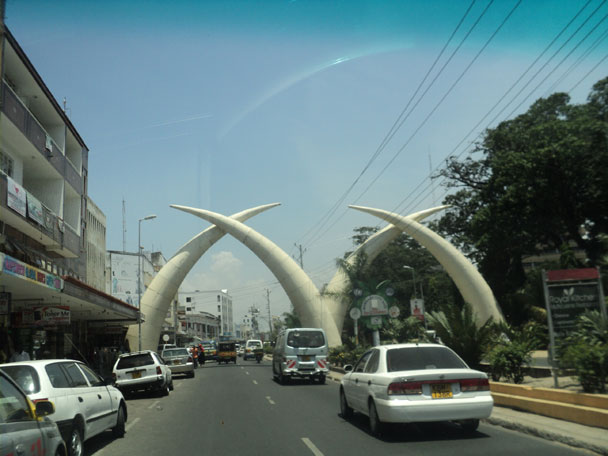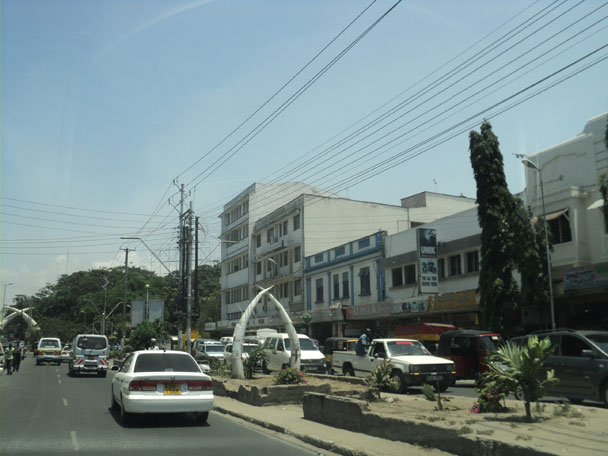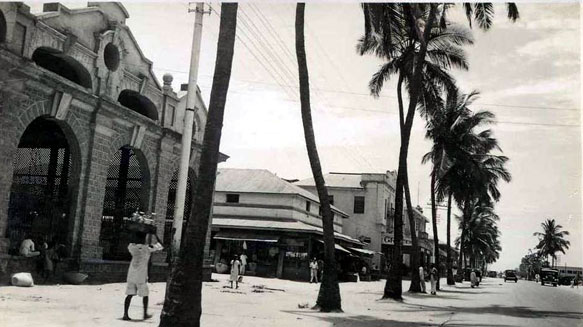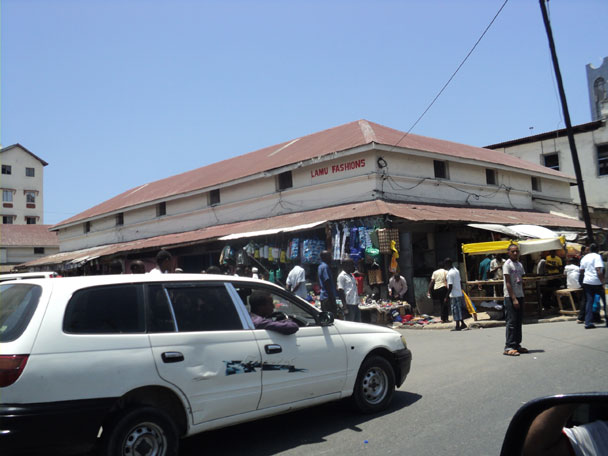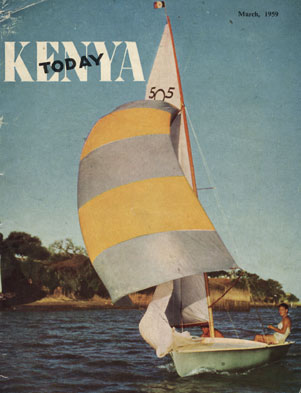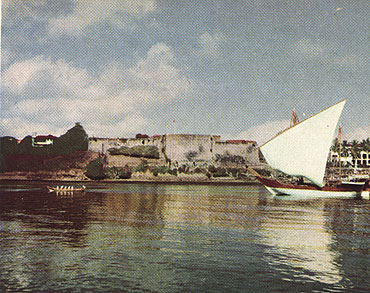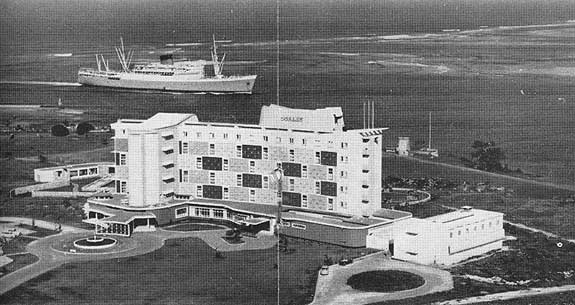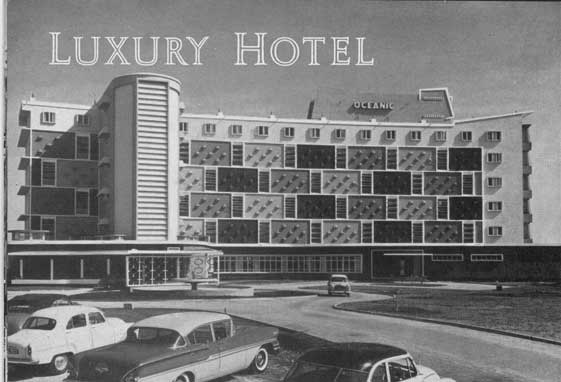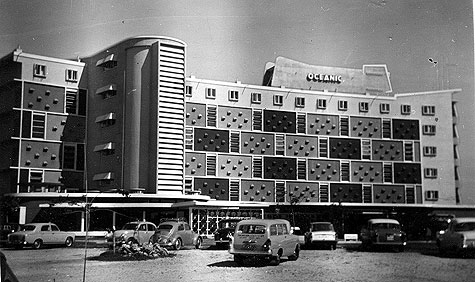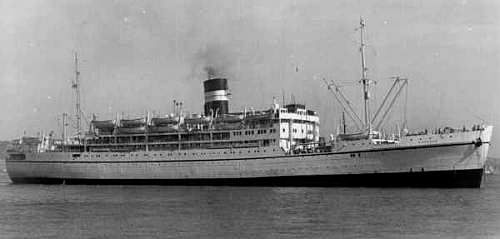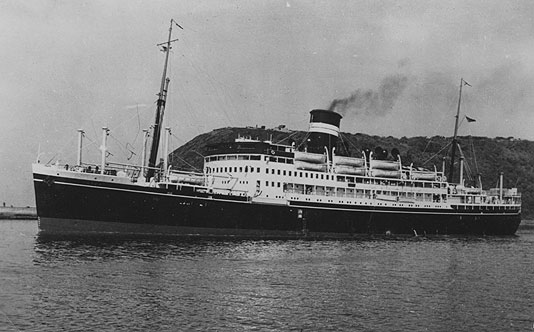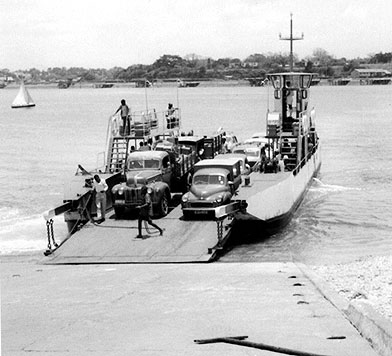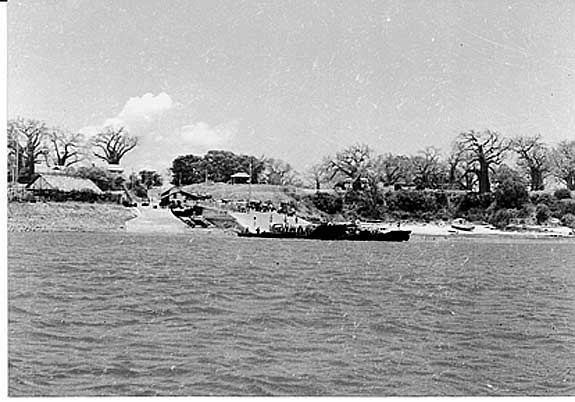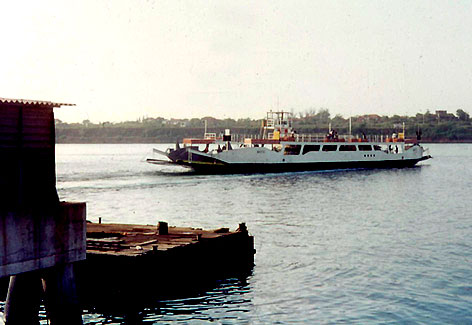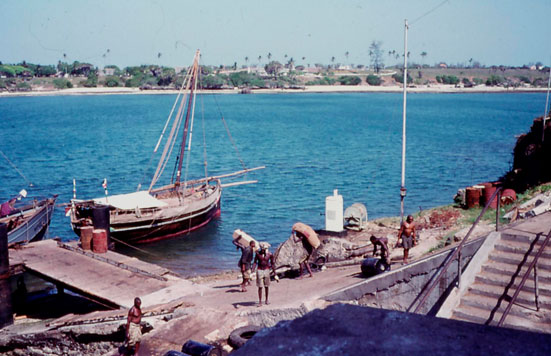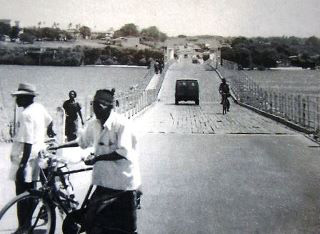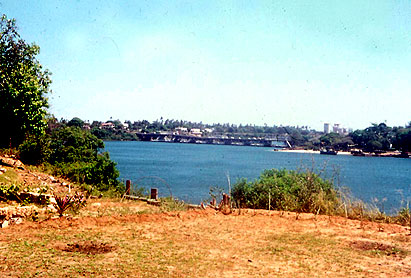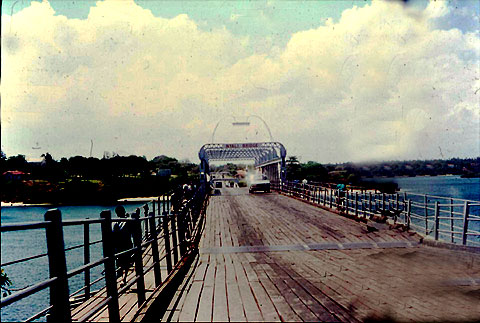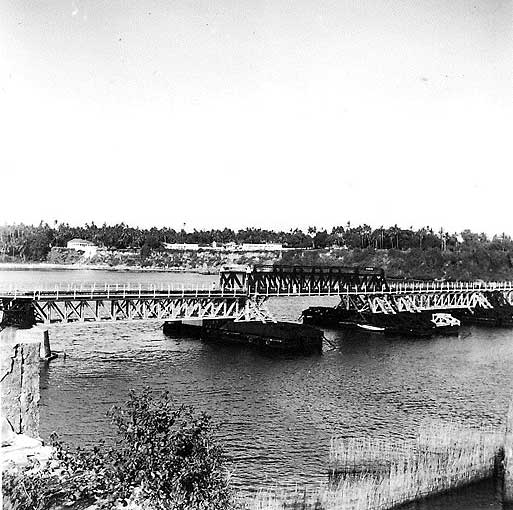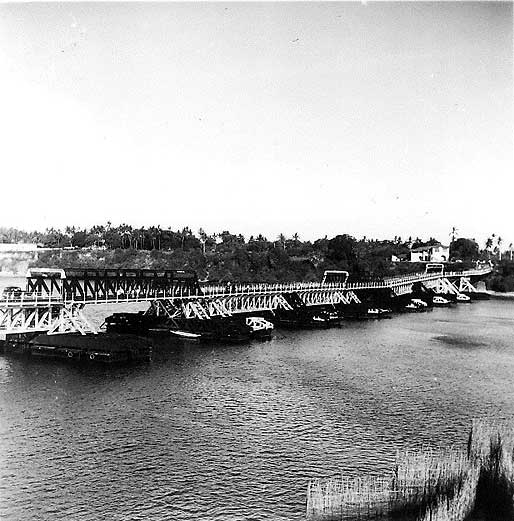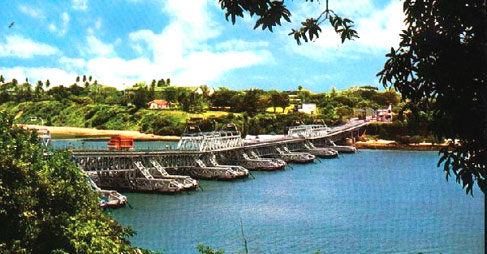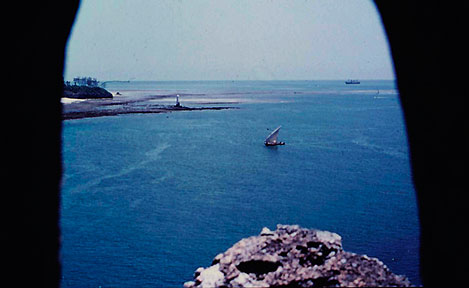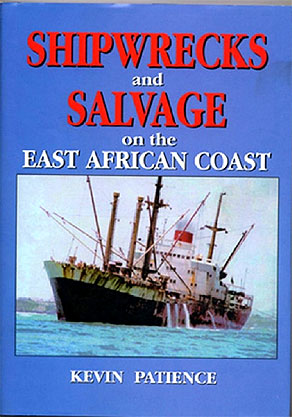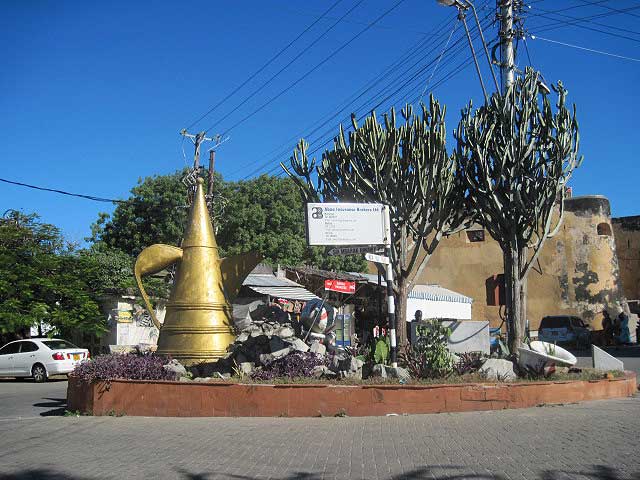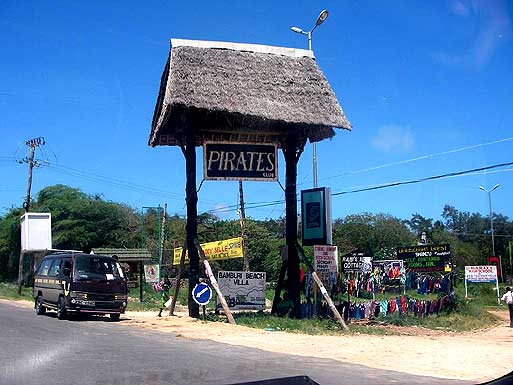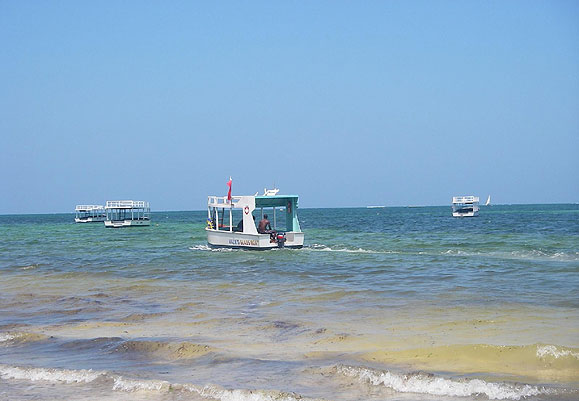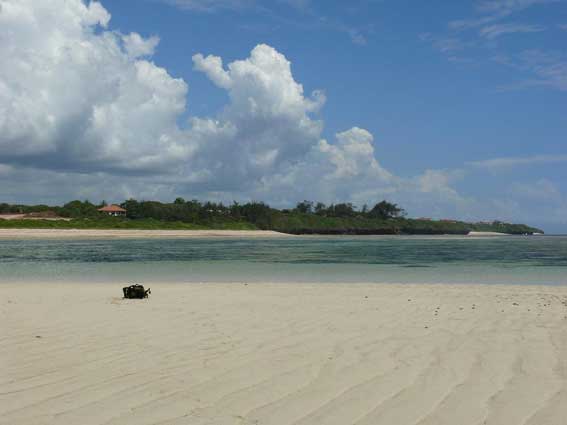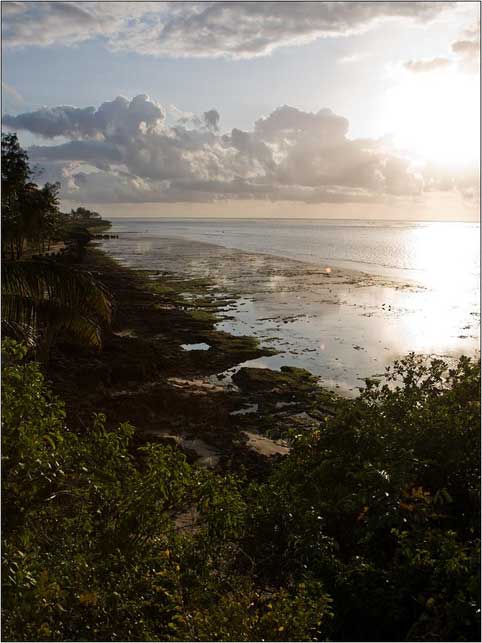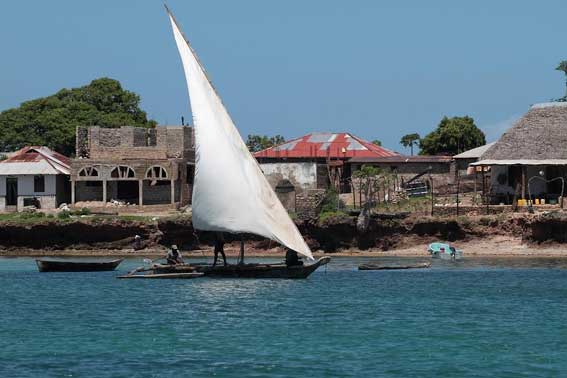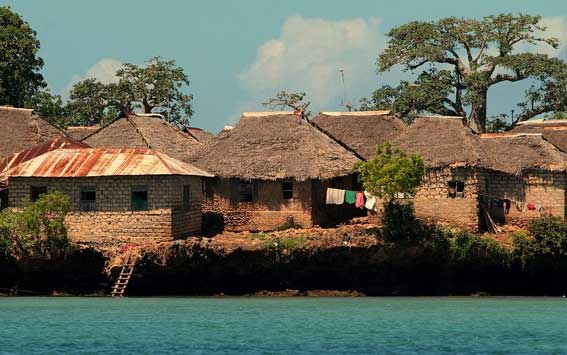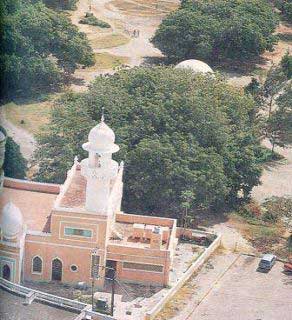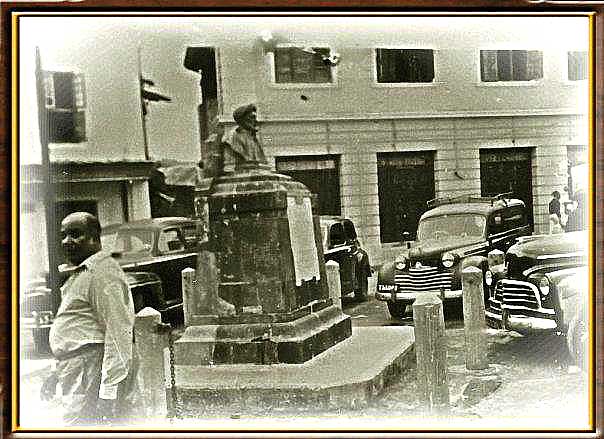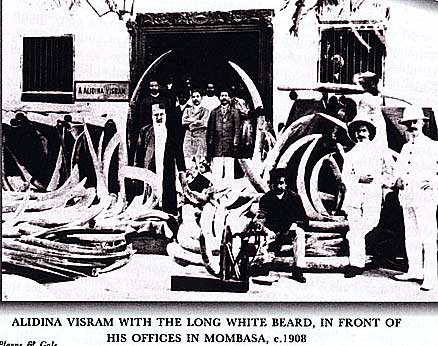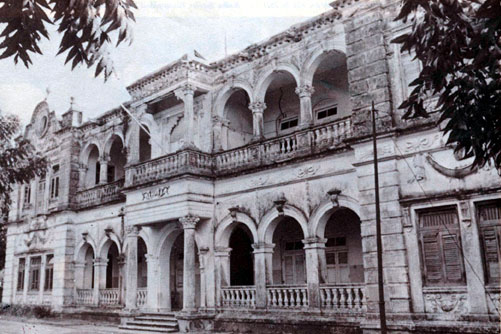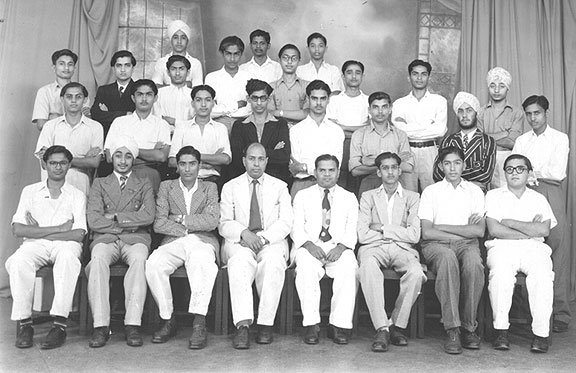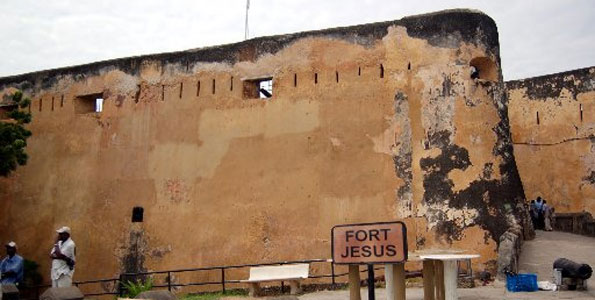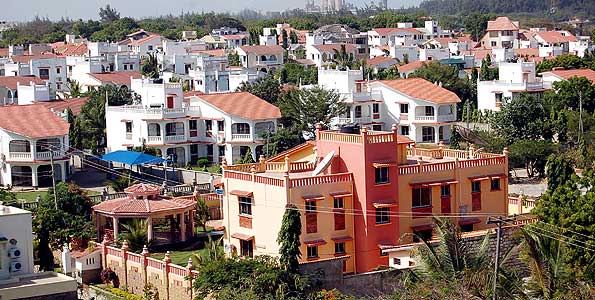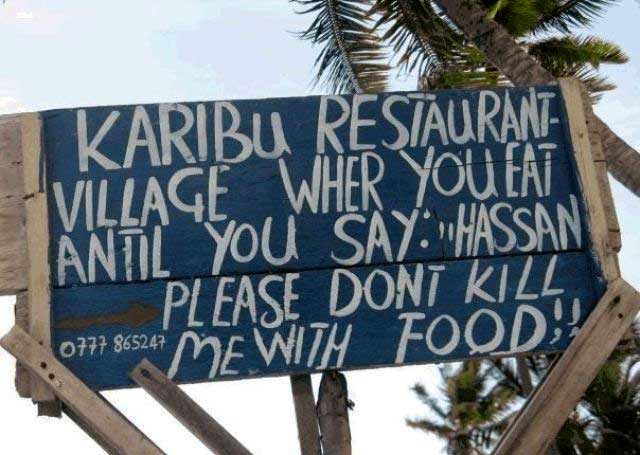Time calls for the Great Awakening of the Muslim World | The Muslim Times:
'via Blog this'
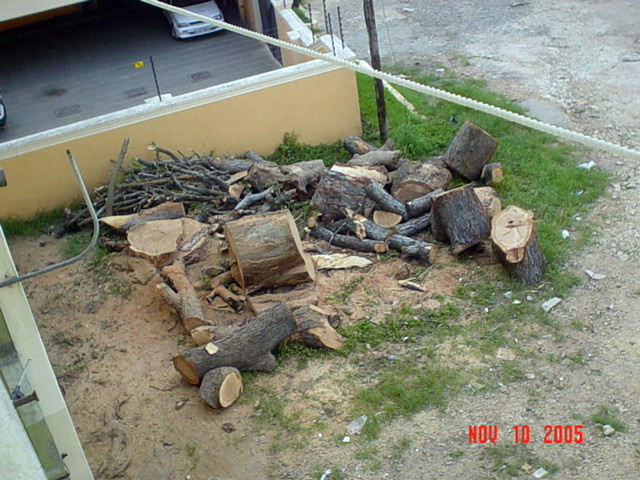
Most of the postings are to do with what an average Kenyan citizen has to deal with, in the country, to survive. They go through and are treated with a lot of injustice, where very few in 'officialdom', will take notice of their problems or even do anything about them. Hence, this blog and the belief in, 'One learned man is harder on the devil than a thousand ignorant worshipers' - Prophet Muhammad (pbuh)
Labels
- Power Problems (151)
- Noise issues (100)
- Interesting Stuff (95)
- Water Matters (86)
- Our questionable Council (59)
- Islam - the TRUTH (48)
- Islam and Morals (46)
- Comparative religion....and atheism (39)
- Trees and the Environment (38)
- Human Rights (37)
- services... (29)
- In Praise of the Holy Prophet of Islam (23)
- Ugly roads.... (23)
- Kenyan Politics... (17)
- Religion and Science (17)
- Safety first.. (17)
- Telkom Kenya (16)
- Funny (15)
- Islam and the Equality of MAN (13)
- Kenyan Police (13)
- Kenyan Politics...and Politicians (13)
- Hospitals and Medicines (12)
- Postal Services (12)
- Fanaticism (9)
- Religious Freedom (9)
- Environment (8)
- Disability Issues... (7)
- Food (7)
- Our questionable County (7)
- Health in your hands.. (6)
- Islamic Banking - a system based on JUSTICE... (6)
- Our so-called e-govt. (5)
- Rights of Women (5)
- THIS is JUSTICE! (5)
- The Holy Qur'an (4)
- Creativity Unlimited.... (3)
- Freedom of Speech... (3)
- Affordable housing (2)
- Forgiveness... (2)
- Interesting History... (2)
- The Pope and Christianity (2)
- Banking (1)
- Islamic Finance (1)
- Jambojet (1)
- NHIF (1)
- Our Mobile (cell-phone) (1)
- Yes (1)
Saturday, September 29, 2012
Thursday, September 27, 2012
St. Gaga? | The Muslim Times
http://www.themuslimtimes.org/2012/09/americas/st-gaga
Our media in this country is also guilty of this kind of over publicizing and giving so much importance to the mentioned media personalities and sports men and women that the youth end up idolizing these rather than God, the CREATOR and/or morally sound people!!!
In fact, they present such an ambivalent attitude that it leaves our youth quite confused. They could have problems about what is morally right and what is not. On one hand some of these questionable personalities claim to be supposedly 'saved' but, on the other, they are unwed mothers and fathers. And this is just one example.
Another example are the kinds of music and dances that are aired daily on our TV channels. Those dances and their posturing make me cringe and quite embarrassed and my first and immediate reaction to them is to switch off the offensive t.v. or try checking for an alternative. Unfortunately, this is an exercise in futility since nearly all of them are airing similar things and that too, at a time when youngsters would be watching!
One question - what are we trying to achieve vis-a-vis our younger generation? Anybody given that a serious thought?
Raziya
Our media in this country is also guilty of this kind of over publicizing and giving so much importance to the mentioned media personalities and sports men and women that the youth end up idolizing these rather than God, the CREATOR and/or morally sound people!!!
In fact, they present such an ambivalent attitude that it leaves our youth quite confused. They could have problems about what is morally right and what is not. On one hand some of these questionable personalities claim to be supposedly 'saved' but, on the other, they are unwed mothers and fathers. And this is just one example.
Another example are the kinds of music and dances that are aired daily on our TV channels. Those dances and their posturing make me cringe and quite embarrassed and my first and immediate reaction to them is to switch off the offensive t.v. or try checking for an alternative. Unfortunately, this is an exercise in futility since nearly all of them are airing similar things and that too, at a time when youngsters would be watching!
One question - what are we trying to achieve vis-a-vis our younger generation? Anybody given that a serious thought?
Raziya
lovepeaceandpray: Karen Armstrong an Orientalist cant stop herself f...
lovepeaceandpray: Karen Armstrong an Orientalist cant stop herself f...: Karen Armstrong an Orientalist cant stop herself from praising Prophet Muhammad s.a.w She says: "In Mecca he was known as A...
Monday, September 24, 2012
Report: Poverty and political conflict in Mombasa
This is an excellent assessment of what ails
our once beautiful and safe and friendly town...
Raziya
For those who want a comprehensive analysis of Mombasa
here is a detailed report available in pdf format .
> http://www.bvsde.paho.org/bvsacd/cd26/enurb/v12n1/153.pdf
>
> Poverty and political conflict in Mombasa
> Carole Rakodi, Rose Gatabaki-Kamau and Nick Devas
>
> SUMMARY: This paper describes how complex political struggles in Mombasa
> underlie the inadequate provision for basic infrastructure and services, and
> the corruption and lack of accountability within government. These struggles
> are underpinned by overlapping responsibilities and rivalry between central
> and local government, and a political system (both national and local) which
> plays on ethnic and tribal loyalties as a basis for support and reward. The
> paper also describes how and why the city has failed to fully realize its
> economic potential, has extensive poverty and experiences major inadequacies
> in provision for water, sanitation, garbage collection, health care,
> education and housing. Drawing on the findings of
> a recent participatory poverty assessment, the paper outlines the coping
> strategies of poor and very poor households and suggests measures which
> would help ensure that their needs receive more attention.
>
> In this article, the state of the city's economy is analyzed, with
> particular reference to the opportunities it generates for the poor. This is
> followed by a review of the evidence on the extent and nature of poverty.
> Important in this context is the social heterogeneity of the city, a product
> both of the economic opportunities available and of its history.
> Responsibility for governance is divided, mainly between the Mombasa
> Municipal Council (MMC) and the district organization of central government.
> Central-local relations are key to understanding the city's politics. The
> performance of public service providers is assessed in Section IV, followed
> by an analysis of the characteristics, dynamics and governance of the
> informal settlements in which the majority of the city's population,
> including
> the poor, live. Finally, recent attempts to devise more appropriate
> approaches to poverty reduction are described.
>
> Carole Rakodi is a professor in the Department of City and
> Regional Planning, Cardiff University and course director of the
> international MSc in Urban Planning. Rose Gatabaki-Kamau is a
> researcher in the Housing and Building Research Institute, University of
> Nairobi, Kenya. Nick Devas is a senior lecturer in the International
> Development Department,School of Public Policy,
> University of Birmingham.
> Address: Carole Rakodi,
> Department of City and
> Regional Planning, Cardiff
> University, Glamorgan
> Building, King Edward
> VII Avenue, Cardiff CF10
> 3WA, UK; e-mail:
> rakodi@cf.ac.uk
> 1. This is a summary of one
> of nine city case studies
> prepared as part of a
> research programme on
> Urban Governance,
> Partnerships and Poverty,
> funded by the UK
> Department for
> International
> Development's ESCOR
> programme. This involved
> research teams in each of
> these cities and a coalition
> of UK-based research
> groups from the University
> of Birmingham, the
> International Institute for
> Environment and
> Development (IIED), the
> University of Wales,
> II. ECONOMIC GROWTH, URBAN DEVELOPMENT
> AND THE POOR
> SINCE AT LEAST the eleventh century, Mombasa has been a trading port.
> Arab and Shirazi settlers established themselves as farmers and in coastal
> towns, including Mombasa. Conflict over control of the towns followed
> the arrival of Portuguese explorers in the fifteenth century. Early in the
> eighteenth century, the Portuguese withdrew and Mombasa came under
> the control, first, of Omani Arabs and then of the Sultan of Zanzibar. The
> economy of the port depended on trade in ivory, grain and slaves. In 1895,
> the British government took over administrative responsibility for Kenya
> from the British East Africa Company, and from the Sultan of Zanzibar
> for the coastal strip. Construction of the railway to Uganda was started
> and, in 1907, the capital of the colony moved from Mombasa to Nairobi
> which, subsequently, rapidly overtook Mombasa in terms of population
> and economic importance.
> The city has a diverse economy based on trade and commerce, tourism
> and manufacturing. However, none of these sectors is as prosperous as
> might be expected. Trade has been damaged by regional and intra-national
> instability and conflict, external shocks and poor management of the
> national economy, before and since the adoption of intensified structural
> adjustment policies at the beginning of the 1990s. The total volume of
> cargo
> traffic (8.5 million tonnes in 1998)(3) has stagnated over the last 20
> years.
> The small annual increase between 1992 and 1998 (0.54 per cent per
> annum) can be attributed to increased imports associated with trade
> liberalization,
> rather than export growth. In addition, operation of the port is
> hindered by poor rail and road transport links within the city and with its
> hinterland, and by congestion and mismanagement. The import-export
> trade is widely associated in Kenya with corruption and tax evasion, and
> the responsible parastatal, Kenya Ports Authority (KPA), is generally
> regarded as inefficient. Between 1993 and 1995, increased congestion at the
> port was compounded by mismanagement said to be associated with the
> appointment of Rashid Sajjad, a local businessman of Asian origin, a
> nominated
Wednesday, September 19, 2012
ENJOY - Mombasa NOSTALGIA: old photos/write ups!
Dear all,
For those of you who still remember how Mombasa looked way back, enjoy the nostalgia. The other who don't, can educate themselves on it's history with these excellent pics.
Enjoy!!!
Raziya
|
Subscribe to:
Posts (Atom)
